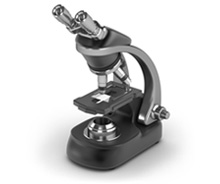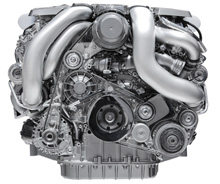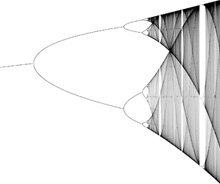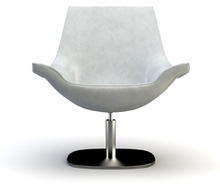Patent Drafting
-
1
Identifying the core of an invention
This is probably the most important stage of drafting a patent application enabling the invention to be appropriately distinguished from the closest prior art solutions.
-
2
Patent claims
Define the scope of protection, wherein the meaning of claims is interpreted with respect to the invention embodiments. An independent claim defines the maximum scope of protection, while dependent claims define the invention alternatives or additional features, therefore thwarting third parties from patenting possible future invention improvements or selective inventions.
-
2
Embodiments
Provide a sufficiency of disclosure which is a prerequisite for a patent application. Differentiated and numerous embodiments also enable the defining of a relatively broad scope of protection and for the effective prosecution of future infringements.
inventionA solution that is new, inventive and capable of industrial application:
- objects (articles, devices, substances, electronic circuits, etc.);
- methods (production or technological processes, methods of operation, etc.).
Certain solutions (scientific theories, business methods, etc.) are not considered to be inventions, though in certain cases some forms of protection may be available.
utility modelA solution that is new, useful and of a technical nature affecting shape, construction or durable assembly of an object.
The maximum protection of utility model amounts to only 10 years.
Some patent applications may be converted into utility model applications if their inventive step is objected during patent proceedings.








